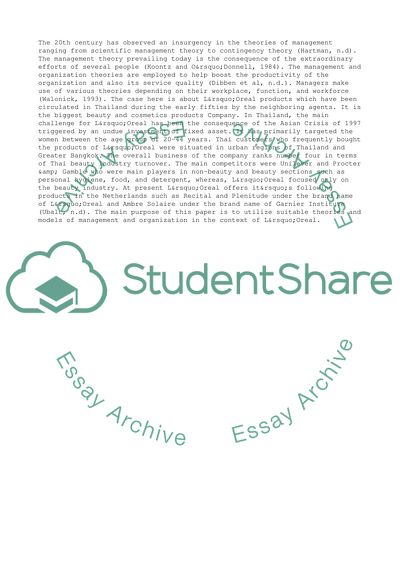Cite this document
(“Management & Organisation Theory Essay Example | Topics and Well Written Essays - 3250 words”, n.d.)
Management & Organisation Theory Essay Example | Topics and Well Written Essays - 3250 words. Retrieved from https://studentshare.org/management/1670224-management-organisation-theory
Management & Organisation Theory Essay Example | Topics and Well Written Essays - 3250 words. Retrieved from https://studentshare.org/management/1670224-management-organisation-theory
(Management & Organisation Theory Essay Example | Topics and Well Written Essays - 3250 Words)
Management & Organisation Theory Essay Example | Topics and Well Written Essays - 3250 Words. https://studentshare.org/management/1670224-management-organisation-theory.
Management & Organisation Theory Essay Example | Topics and Well Written Essays - 3250 Words. https://studentshare.org/management/1670224-management-organisation-theory.
“Management & Organisation Theory Essay Example | Topics and Well Written Essays - 3250 Words”, n.d. https://studentshare.org/management/1670224-management-organisation-theory.


